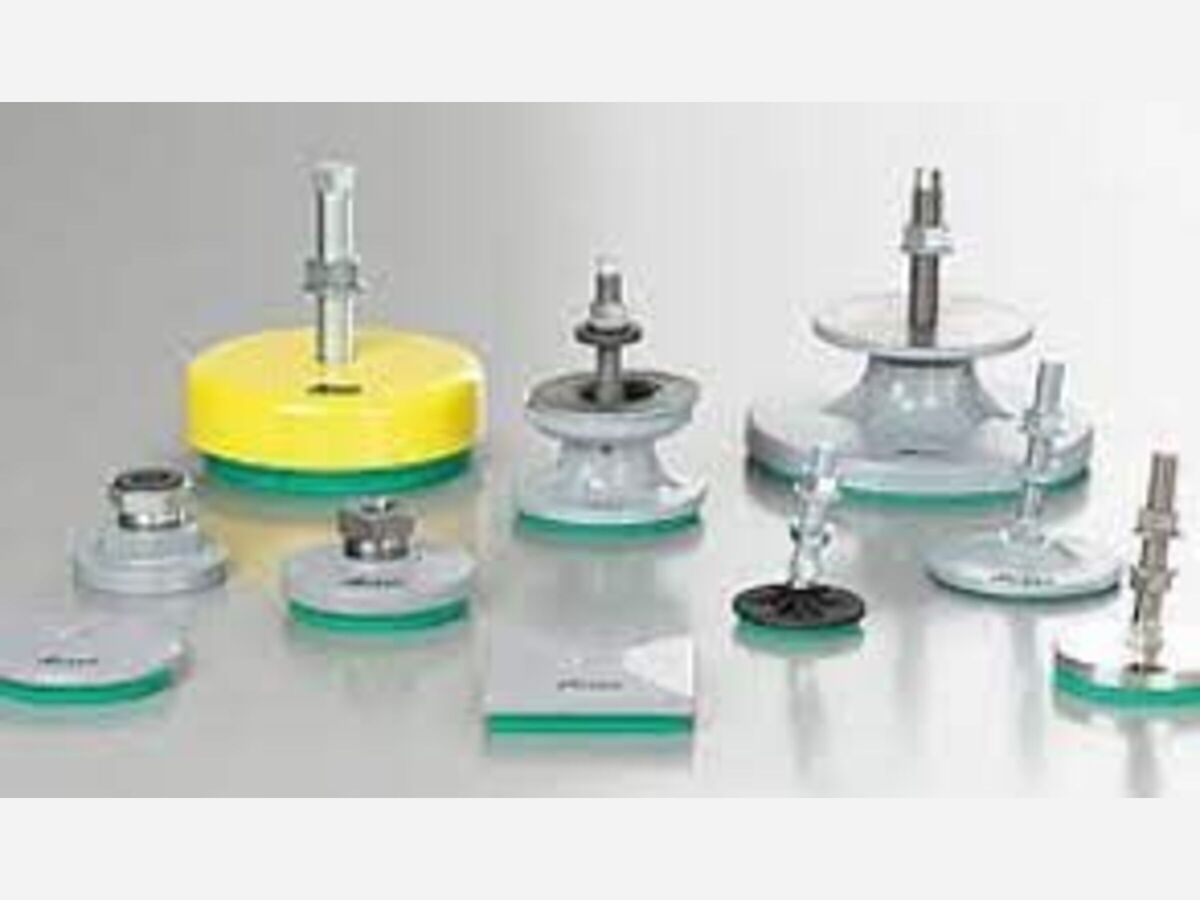Image

Recently AirLoc Corporation of Franklin, Massachusetts was nominated for the Manufacturer of the Year Award at the 6th Annual Manufacturing Awards Ceremony held in the DCU Club at Polar Park in Worcester.
Appropriately, the nomination came from State Representative Jeffrey N. Roy (D-Franklin), who has been active in promoting local manufacturing.
The AirLoc story goes back almost 70 years to the heyday of the now defunct Clark Cutler & McDermott Company, the largest employer in Franklin for decades.
Roland McDermott, son of CCMcD founder Thomas McDermott, made many contributions in his time with the company including the founding of AirLoc, the company’s vibration control and precision leveling division.
AirLoc is a vibration absorbing material originally developed by McDermott in 1954 for use under textile machinery. The product was the result of a request from a local industrialist.
Included among the key parts of the story, according to a brief history read at the 40th anniversary of the company by Michael McDermott, was the role of a Franklin High School teacher.
In the late 1940s, Roland McDermott was approached by Ben Draper, who was then president of Draper Corporation, a world-renowned textile loom manufacturer from Hopedale, Massachusetts, and asked to make a felt pad that would not absorb oil. Felt damping pads had been used under textile looms for many years, but had to replaced frequently because of their tendency to absorb oil. With that request, the concept of AirLoc, though yet to be named, was created.
A product development team was established to bring this idea to reality. The team consisted of J. Murray Stevens, Bob Schmitt, Jimmy Corey and was led by Roland McDermott. Murray Stevens was a local high school chemistry and physics teacher who had been employed by Clark-Cutler-McDermott Company as a part-time specialist in the successful development of a combination neoprene and needle-punched fabric for use as a slipper felt. Bob Schmitt, a mechanical engineer with product design and industrial sales experience who had been a consultant early on, was hired full time. Jimmy Corey, a dedicated plant foreman who conducted the initial manufacturing trials, completed the product development team. This team worked long nights and weekends to try and develop a product for Mr. Draper’s looms.
With the exception of some rayon and nylon that were regulated by the government, natural fibers such as sisal and jute were the standard of the industry. The development team, therefore, chose to make a needled sisal mat and combine it with a jute felt. The jute fiber was blended with granular cork, a natural absorber, then layered with the sisal to form a laminated structure.
Because of its resistance to oil and its high coefficient of adhesion, vinyl resin was chosen as the green liquid binder to saturate the layers of felt. The whole composition was then compression-molded in platen presses to form the product we now know as AirLoc.
Now that the product had been developed, it had to be proven. Many days were spent shuttling between Franklin and Hopedale, where trials were conducted by Draper Corporation engineers. The result was a carefully designed and perfected product that was to be not only successful as a textile isolation pad, but to find its way comfortably into the machine tool, injection molding, stamping, graphic arts and other related industrial applications.
It would now be patented, and a network of AirLoc distributors in the United States was established. Trade shows in various American cities become a media for sales and product promotion. It was at one of these early shows that Roland McDermott was put in touch with a Swiss engineer by he name of Rudolf Schrepfer.
Early sales remained slow, however, as managers were reluctant to change from felt and other inexpensive isolation materials.
In the mid- to late-1950s, the management of AirLoc decided to market AirLoc under the ‘packaged flat’ concept. This was a 9”x18” combination of the 4-17-4 and SL pads that sold for under $20, allowing manufacturers to try AirLoc for a bargain-basement price; and it worked. Sales became to climb. AirLoc had been accepted.
Murray Stevens had earlier left the company and returned to teaching. AirLoc hired more sales and technical personnel, along with competent secretaries who often acted as customer service representatives. Development continued and the isolation pads were combined with metal shoes as the ‘JACMOUNT’ and ‘WEDGEMOUNT’ were introduced. Various types of pads suited to special machine requirements were added to the product line. One of these was a dry felt surfaced pad that was introduced at a textile trade show in Atlantic City in October of 1965. At that ver show, Roland McDermott was stricken. He would live only a few short months [more]. His legacy, AirLoc, that we celebrate this evening, is yet to be buried.
In 1967, James Henry Aimone became the fourth president of the Clark-Cutler-McDermott Company. Under his leadership, business continued to prosper, with the then more profitable AirLoc often stemming the tide of the ups and downs of the automotive sales.
During this timeframe, things began to happen in Europe. A single release for a large quantity of AirLoc was, in a matter of weeks, followed by another and then another. The AirLoc standard in Europe and Asia had been picked up by Rudolf Schrepfer. Development of the ‘vertical rise’ Wedgemount, which would be patented by Rudolf Schrepfer, significantly enhanced the precision leveling capabilities of AirLoc.
Based on its early success in solving vibration control problems, AirLoc soon expanded to other industries. Shortly thereafter, AirLoc gained an international presence when an alliance was formed with Rudolf Schrepfer of Switzerland.
In 2018, AirLoc Ltd., Switzerland, purchased all assets and transferred them to the newly founded company AirLoc Corporation.